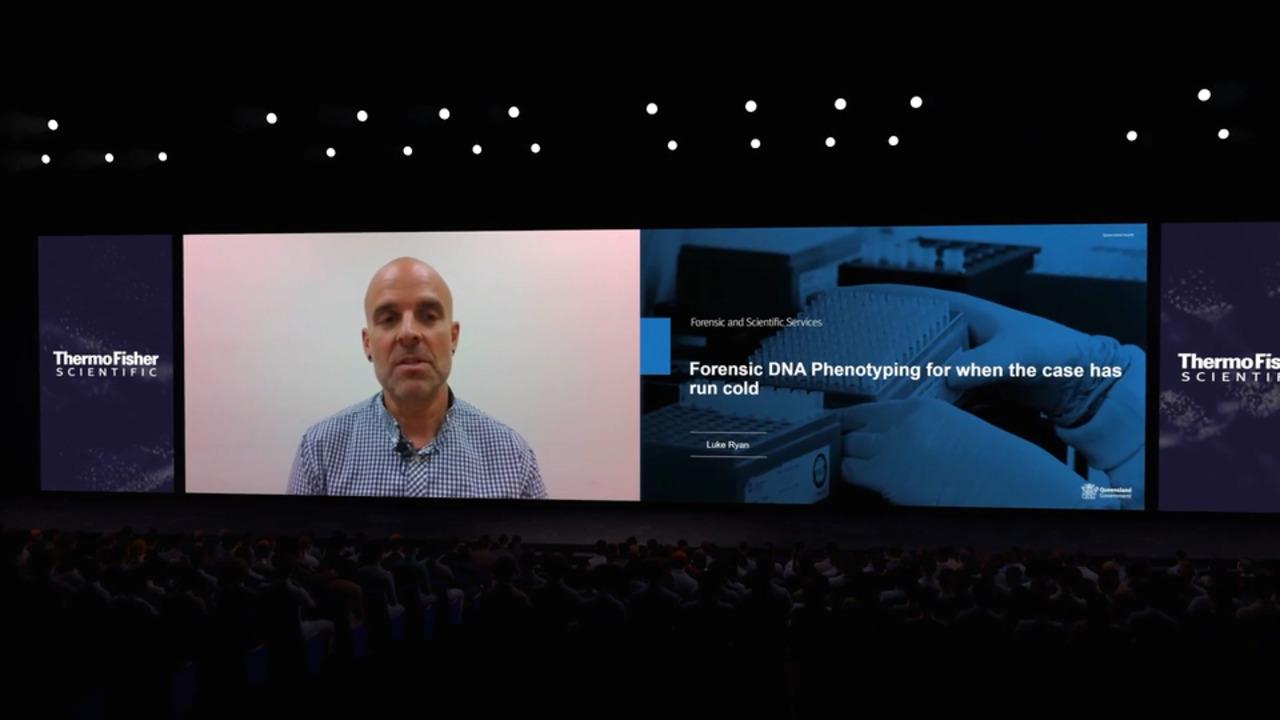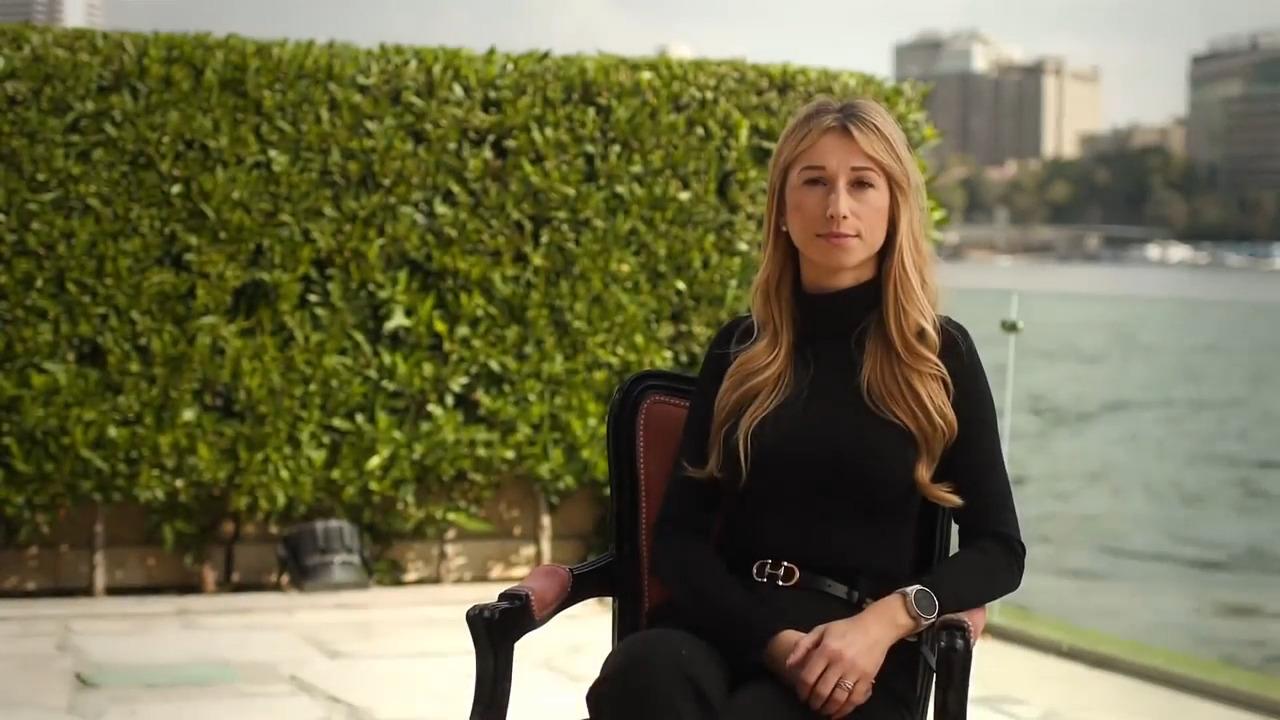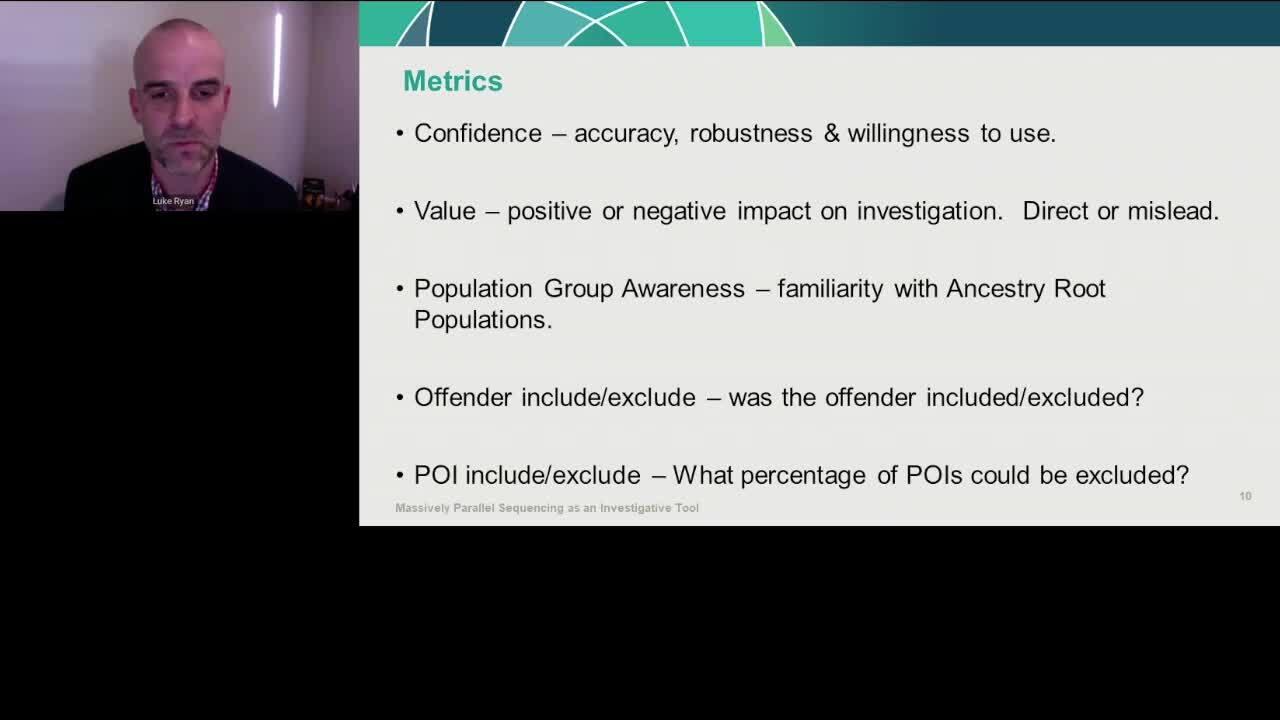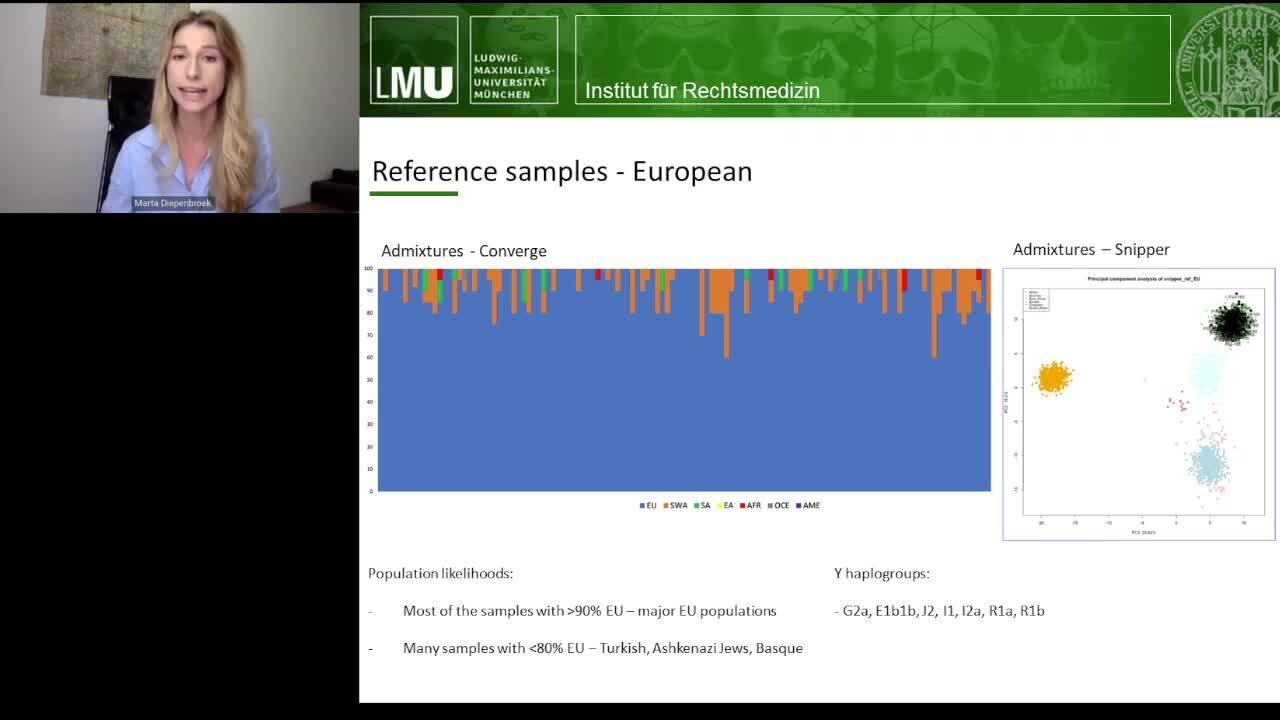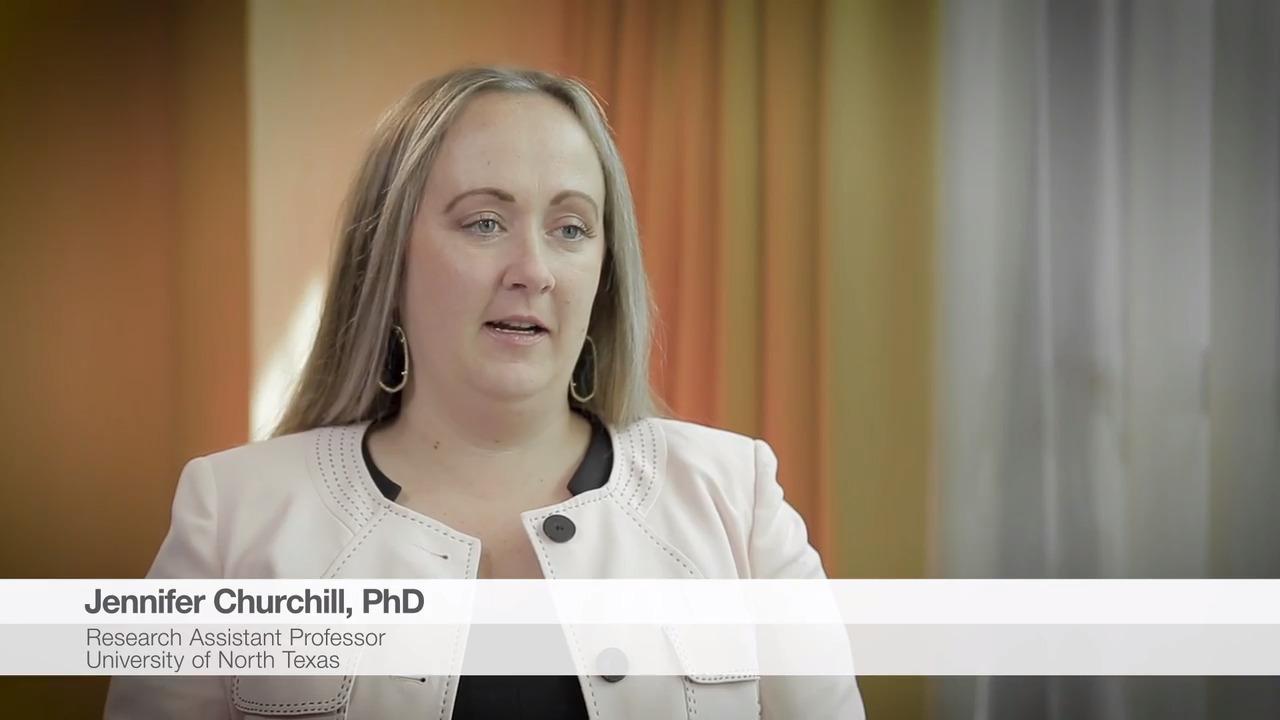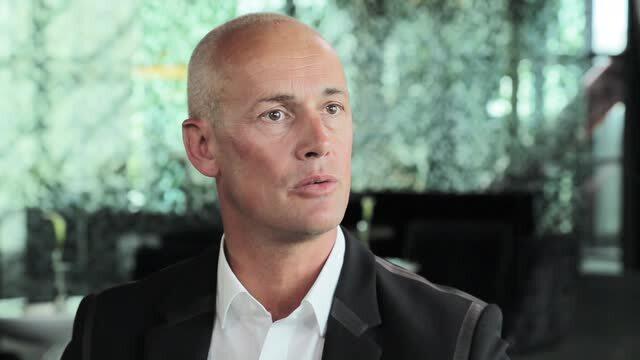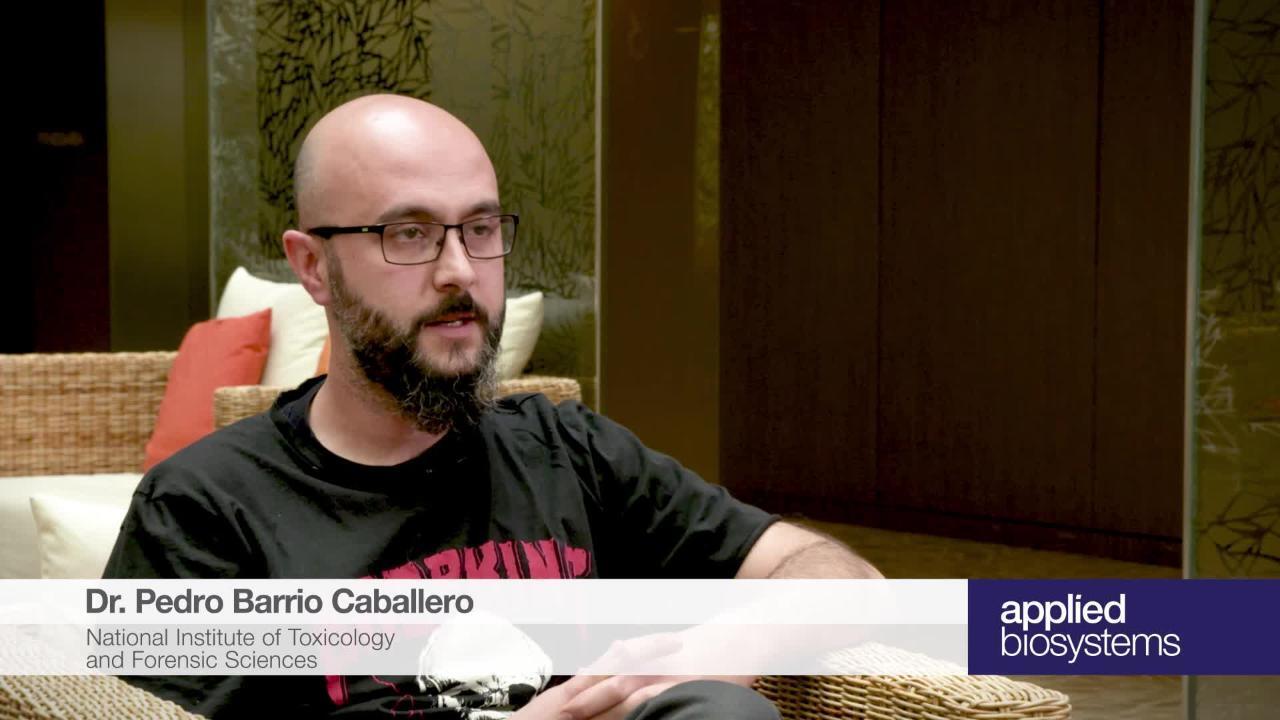Search Thermo Fisher Scientific
NGS for Forensics Customer Videos
How can the COMBO and FORCE MPS Panels Help Reveal the Sample Donor
Hear about the evaluation and optimization of two NGS panels using phenotypic, ancestry-specific, and mtDNA markers and a discussion about their potential application in forensic genetics.
Forensic DNA Phenotyping for When the Case has Run Cold
Within the Forensic DNA community, the development of technology for Forensic DNA Phenotyping (FDP) is rapidly growing due to the unique intelligence it can provide for criminal investigations, missing persons cases and disaster victim identification. FDP involves the inference of an individual’s genetic ancestry (BGA) and of externally visible characteristics (EVCs), for example, eye, hair or skin color. Queensland Health Forensic DNA Analysis completed research which demonstrated that the use of Massively Parallel Sequencing (MPS) to predict BGA and EVCs would be operationally effective for criminal investigations to prioritize persons of interest (POI), utilizing the Ion Chef and Ion GeneStudio S5 Plus instruments.
Forensics in the Service of History – Implementing DNA into the Process of Identification of German Soldiers Fallen in World War II
A group of experts from Munich and Innsbruck, working with the Association for the Recovery of the Fallen in Eastern Europe, decided to utilize cutting-edge forensic techniques to help identify the killed soldiers. From golden standard STR typing with capillary electrophoresis to mitochondrial whole genome sequencing and forensic DNA phenotyping with Next Generation Sequencing – all methods are evaluated in their capacity to assist the process.
Massively Parallel Sequencing as an Investigative Tool
Luke Ryan, Queensland Health, Forensic, and Scientific Services, discusses the usefulness of biogeographical ancestry and externally visible traits using NGS for generating investigative leads in criminal casework.
Solving the unsolvable?
Dr. Marta Diepenbroek, Institute of Legal Medicine, Munich, describes her validation of the custom Molecular identi-kit, which combines ancestry-informative autosomal and Y-chromosomal SNPs with phenotype prediction.
Next-Generation Sequencing for Forensic DNA Analysis
Executive Director Soizic Le-Gunier discusses how Institute Genetics Nantes Atlantique (IGNA) uses the various technology options and how SNP genotyping will have an impact in the future.
Massively Parallel Sequencing of mtDNA in a Casework Laboratory
Jennifer Churchill, PhD, Research Assistant Professor at the University of North Texas, provides guidance for bringing mtDNA analysis into casework operations.
Mitochondrial DNA Analysis in Human Identification
Walther Parson, PhD, from the Institute of Legal Medicine, Innsbruck Medical University, discusses a number of cases his lab has worked on using mtDNA analysis to make critical identifications.
MPS of STRs in Forensic DNA Analysis
Dr. Pedro Barrio, a DNA expert with the National Institute of Toxicology and Forensic Sciences in Madrid, Spain, describes his experience working with mixtures using NGS to get more information from his samples.
Webinars
Adapting next-generation sequencing (NGS) for forensics is not a paradigm shift
Dr. Bruce Budowle, University of North Texas Health Science Center
Introducing mitochondrial DNA sequencing by NGS technology
Dr. Walther Parson, Institute of Legal Medicine at Innsbruck Medical University
Accelerate your forensic DNA analyses with Ion Torrent NGS automation
Joseph Chang, Thermo Fisher Scientific

